Home>Gardening & Outdoor>Plant Care & Gardening Tips>When To Plant Wildflower Seeds In Utah
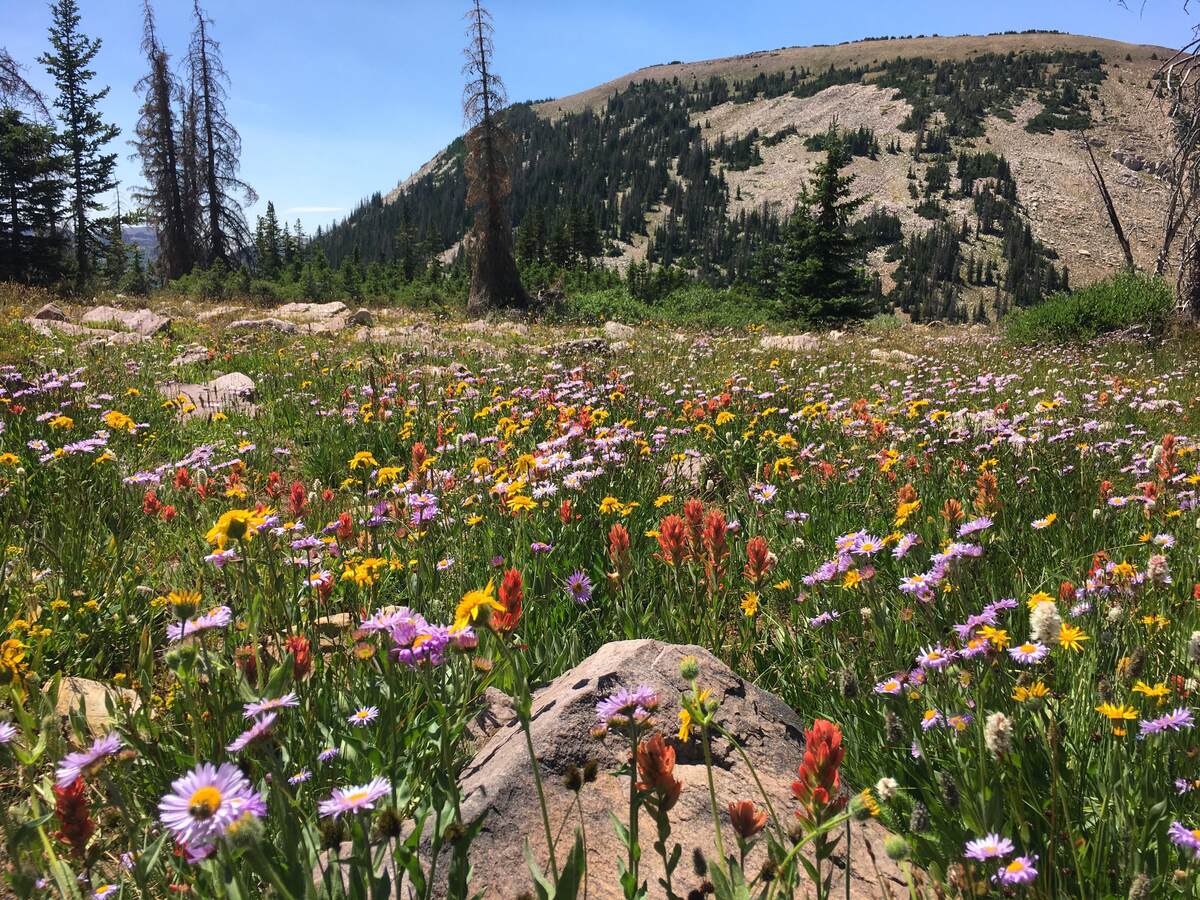

Plant Care & Gardening Tips
When To Plant Wildflower Seeds In Utah
Modified: January 9, 2024
Discover the best time to plant wildflower seeds in Utah with expert plant care and gardening tips. Learn how to ensure a successful wildflower garden in your Utah landscape.
(Many of the links in this article redirect to a specific reviewed product. Your purchase of these products through affiliate links helps to generate commission for Storables.com, at no extra cost. Learn more)
Introduction
Welcome to the wonderful world of wildflowers! If you're a nature enthusiast or a gardening aficionado in Utah, you're in for a treat. Wildflowers are not only beautiful and diverse but also play a crucial role in supporting local ecosystems and wildlife. Whether you're looking to enhance the natural beauty of your surroundings or create a haven for pollinators, planting wildflowers can be a rewarding and environmentally friendly endeavor.
In this guide, we'll delve into the enchanting realm of wildflowers, with a specific focus on planting wildflower seeds in Utah. From understanding the unique climate and soil conditions of the region to determining the best time for planting and caring for wildflower seeds, you'll gain valuable insights to embark on your wildflower gardening journey.
Utah's stunning landscapes, ranging from rugged deserts to majestic mountains, provide an ideal canvas for cultivating a vibrant tapestry of wildflowers. By learning about the native flora and the best practices for wildflower gardening in Utah, you can contribute to the preservation of indigenous plant species while adding a burst of color to your outdoor spaces.
So, grab your gardening gloves and get ready to immerse yourself in the art of wildflower cultivation. Whether you're a seasoned horticulturist or a novice green thumb, this guide will equip you with the knowledge and inspiration to sow the seeds of natural beauty in the picturesque terrain of Utah. Let's embark on this floral adventure together and uncover the secrets of nurturing wildflowers in the stunning landscapes of the Beehive State.
Key Takeaways:
- Planting wildflower seeds in Utah requires understanding the climate and soil conditions. Timing is crucial, with early spring and late fall being optimal. Choose native seeds to support local ecosystems and wildlife.
- To care for wildflower seeds in Utah, monitor soil moisture, control weeds, and protect seedlings from disturbances. Thoughtful preparation and attentive care foster a vibrant and resilient wildflower community in Utah’s diverse landscapes.
Read more: When Should I Plant Wildflower Seeds
Understanding Wildflowers
Wildflowers, often celebrated for their untamed beauty and resilience, encompass a diverse array of flowering plants that grow in their natural habitat without human intervention. Unlike cultivated garden flowers, wildflowers have adapted to thrive in various ecosystems, showcasing an extraordinary spectrum of colors, shapes, and sizes.
One of the most captivating aspects of wildflowers is their ability to attract and support local wildlife, including bees, butterflies, and birds. Their nectar-rich blooms and pollen reservoirs play a vital role in sustaining pollinator populations, contributing to the overall health of ecosystems. In Utah, the presence of native wildflowers is integral to the survival of indigenous pollinators and the balance of the state’s ecological communities.
Wildflowers are often categorized based on their life cycle, with annual, biennial, and perennial varieties being prevalent. Annual wildflowers complete their life cycle within a year, germinating, flowering, setting seed, and then dying. Biennial wildflowers have a two-year life cycle, typically producing foliage in the first year and blooming in the second. Perennial wildflowers, on the other hand, return year after year, establishing enduring root systems and often spreading gradually.
When selecting wildflowers for your Utah garden, consider the native species that are well-adapted to the region’s climate and soil conditions. Native wildflowers have evolved to thrive in Utah’s specific ecosystems, making them resilient choices for sustainable and low-maintenance gardening. By understanding the unique characteristics of wildflowers and their ecological significance, you can cultivate a deeper appreciation for these enchanting blooms and their role in preserving Utah’s natural heritage.
As you embark on your wildflower gardening journey, take the time to explore the distinctive traits of different wildflower species, from the iconic Rocky Mountain columbines to the delicate desert marigolds. Each wildflower has its own story to tell, reflecting the rich tapestry of Utah’s landscapes and the intricate web of life that depends on these native botanical treasures.
Climate and Soil Conditions in Utah
Utah’s diverse topography gives rise to a wide range of microclimates, each exerting a unique influence on the state’s flora and fauna. From the arid deserts of the southwest to the alpine meadows of the Uinta Mountains, Utah’s climatic variations create distinct habitats for a myriad of plant species, including wildflowers. Understanding the prevailing climate and soil conditions is essential for successfully cultivating wildflowers in Utah.
Utah experiences a predominantly semi-arid climate, characterized by hot summers, cold winters, and low annual precipitation. The state’s varied elevations contribute to temperature differentials, with higher elevations generally exhibiting cooler temperatures than lower-lying areas. These climatic nuances play a pivotal role in determining the types of wildflowers that thrive in different regions of Utah.
When it comes to soil, Utah showcases an assortment of soil types, including sandy, clayey, and loamy soils, each with its own drainage and fertility characteristics. In the southern deserts, well-draining sandy soils predominate, while mountainous regions may feature rocky, nutrient-poor soils. Understanding the specific soil composition of your gardening site is crucial for selecting wildflower species that can adapt to these diverse soil conditions.
For successful wildflower cultivation, it’s important to choose species that are well-suited to Utah’s climate and soil profiles. Native wildflowers, such as the vibrant blanketflowers (Gaillardia) and the resilient penstemons, have evolved to thrive in Utah’s challenging environmental conditions. By aligning your plant selections with the local climate and soil attributes, you can create a flourishing wildflower garden that harmonizes with the natural landscape.
Utah’s unique blend of climatic diversity and soil variability presents both opportunities and challenges for wildflower gardening enthusiasts. By embracing the distinctive traits of the state’s ecosystems and understanding the intricate interplay between climate, soil, and vegetation, you can embark on a rewarding journey of nurturing wildflowers that are well-attuned to Utah’s captivating natural environments.
Best Time to Plant Wildflower Seeds in Utah
Timing is crucial when it comes to planting wildflower seeds in Utah. The state’s climatic diversity and seasonal fluctuations necessitate a strategic approach to ensure the successful establishment of wildflowers. Understanding the best time to sow wildflower seeds is key to harnessing the natural rhythms of Utah’s landscapes and maximizing the potential for vibrant floral displays.
In Utah, the optimal time for planting wildflower seeds largely depends on the region’s elevation, climate, and the specific species of wildflowers being cultivated. As a general guideline, early spring and late fall are favorable seasons for sowing wildflower seeds in Utah. The cooler temperatures and ample moisture during these periods create conducive conditions for seed germination and initial root development.
For lower elevations and desert regions, early spring, typically from late March to early May, presents an opportune window for planting wildflower seeds. As the last frost recedes and the soil warms up, wildflower seeds can be sown to take advantage of the spring rains and milder temperatures. This timing allows the seeds to germinate and establish robust root systems before the onset of scorching summer heat.
At higher elevations and mountainous areas, where the growing season is shorter and frost can occur well into spring, late spring to early summer may be the preferred timeframe for planting wildflower seeds. Once the risk of frost has passed and the soil has thawed, wildflower seeds can be sown to coincide with the warmer months, providing a longer period for growth and blooming before the arrival of fall.
For fall planting, the period from late August to early October offers another opportunity to sow wildflower seeds in Utah. The waning heat of late summer, coupled with the potential for autumn rains, creates advantageous conditions for seed germination and establishment. By planting in the fall, wildflowers can develop strong root systems during the cooler months, priming them for robust growth when spring arrives.
When selecting the best time to plant wildflower seeds in Utah, it’s essential to consider the specific requirements of the chosen wildflower species, as well as the unique climate and soil conditions of your gardening site. By aligning your planting schedule with the natural rhythms of Utah’s seasons, you can set the stage for a breathtaking wildflower display that harmonizes with the state’s captivating landscapes.
Choosing the Right Wildflower Seeds
When embarking on a wildflower gardening venture in Utah, selecting the right wildflower seeds is a pivotal step that can significantly impact the success and vibrancy of your floral display. With a plethora of wildflower species available, each with its unique characteristics and environmental preferences, thoughtful consideration must be given to choosing seeds that are well-suited to Utah’s diverse landscapes and climate.
Native wildflower species are particularly well-adapted to Utah’s environmental conditions, making them excellent choices for sustainable and ecologically beneficial gardens. Native wildflowers have evolved alongside the state’s native fauna and have developed resilience to thrive in Utah’s specific ecosystems. By incorporating native wildflower seeds into your garden, you can contribute to the preservation of indigenous flora and provide essential resources for local pollinators.
When selecting wildflower seeds, consider the specific growing requirements of each species, including sunlight preferences, soil moisture levels, and cold hardiness. Utah’s varied topography and microclimates offer a spectrum of growing conditions, from sun-drenched desert expanses to shaded mountain slopes, providing opportunities to cultivate a diverse array of wildflowers.
It’s also essential to assess the intended purpose of your wildflower garden. Are you aiming to attract pollinators, create a colorful landscape, or establish a low-maintenance, drought-tolerant garden? Tailoring your seed selection to align with your gardening goals will help you create a cohesive and purposeful wildflower display.
Wildflower seed mixes, carefully curated to include a blend of complementary species, offer a convenient way to introduce diversity and visual interest to your garden. These mixes often combine annuals, biennials, and perennials, ensuring a succession of blooms throughout the growing season. When opting for seed mixes, verify that the included species are well-suited to Utah’s climate and soil conditions.
For those seeking to support specific pollinators, such as bees or butterflies, selecting wildflowers known for their attractiveness to these beneficial insects can enhance the ecological value of your garden. Species such as bee balm (Monarda) and butterfly milkweed (Asclepias tuberosa) are renowned for their pollinator-friendly attributes and can enrich the biodiversity of your garden while providing essential forage for these winged visitors.
By thoughtfully choosing the right wildflower seeds, you can lay the foundation for a captivating and sustainable wildflower garden that thrives in the unique environments of Utah. Whether you opt for native species, specialized pollinator-attracting varieties, or diverse seed mixes, your seed selection plays a pivotal role in shaping the character and ecological impact of your wildflower oasis.
Plant wildflower seeds in Utah in the early spring or late fall for best results. This will give the seeds time to establish before the heat of summer or the cold of winter.
Read more: When To Seed Wildflowers
Preparing the Planting Site
Before sowing the seeds of your wildflower garden in Utah, it’s essential to prepare the planting site to provide an optimal environment for seed germination and subsequent growth. By attending to soil preparation, sunlight exposure, and potential competition from weeds, you can set the stage for a flourishing wildflower display that harmonizes with Utah’s natural landscapes.
Assess the sunlight exposure of your intended planting site, as it directly influences the types of wildflowers that will thrive in the area. Utah’s diverse topography results in varying light conditions, from full sun in open meadows to partial shade in wooded areas. Select wildflower species that align with the site’s sunlight levels, ensuring that they receive the appropriate amount of light for healthy growth and blooming.
Soil preparation is a critical aspect of creating an ideal habitat for wildflower seeds. Clear the planting site of debris, such as rocks and competing vegetation, to provide a favorable environment for seed germination. Loosening the soil and incorporating organic matter, such as compost, can improve soil structure and fertility, enhancing the conditions for wildflower establishment.
Consider the moisture levels of the planting site, particularly in Utah’s semi-arid regions, where water availability can significantly impact plant growth. If the soil tends to dry out quickly, consider incorporating water-retaining amendments and mulching the area to conserve soil moisture. Adequate soil moisture is essential for supporting the initial growth of wildflower seedlings.
For larger planting areas or those prone to weed encroachment, weed control measures can help prevent competition that could hinder the establishment of wildflowers. Whether through manual removal of weeds, the application of organic mulches, or the use of eco-friendly weed barriers, minimizing weed competition can bolster the success of your wildflower planting efforts.
When preparing the planting site, it’s beneficial to familiarize yourself with the specific growing requirements of the wildflower species you intend to cultivate. Some species may thrive in well-drained, sandy soils, while others prefer loamy or clayey substrates. Tailoring the site preparation to accommodate the needs of your chosen wildflowers can optimize the conditions for their successful growth.
By conscientiously preparing the planting site, you can create an inviting and nurturing environment for the wildflower seeds that will grace your Utah garden. Attending to sunlight exposure, soil quality, moisture levels, and weed control sets the groundwork for a thriving wildflower display that celebrates the natural beauty and resilience of Utah’s indigenous flora.
Planting Wildflower Seeds
The act of planting wildflower seeds in Utah is a delightful and transformative process that lays the groundwork for a vibrant tapestry of native blooms. Whether you’re sowing seeds in a garden bed, meadow, or container, following best practices for planting wildflowers can enhance the likelihood of successful germination and the establishment of a diverse floral community.
Prior to planting, familiarize yourself with the specific requirements of the wildflower species you intend to sow. Some species may benefit from stratification, a process that mimics natural winter cold and helps break seed dormancy. By understanding the germination needs of your chosen wildflowers, you can employ appropriate pre-planting treatments to optimize their growth potential.
When sowing wildflower seeds, ensure good seed-to-soil contact to facilitate germination. Rake the soil surface lightly to create a receptive seed bed, then scatter the seeds evenly across the area. Lightly pressing or rolling the seeds into the soil can aid in anchoring them and promoting contact with the underlying substrate, enhancing the prospects for successful germination.
Consider the recommended planting depth for the wildflower seeds, as this can vary among species. While some seeds benefit from surface sowing or only minimal covering with soil, others may require slightly deeper planting to initiate germination. Adhering to the specified planting depths can optimize the conditions for seedling emergence and subsequent growth.
After sowing the wildflower seeds, gently water the planting area to provide initial moisture for the seeds to begin their germination journey. Utilize a gentle spray or misting setting to avoid displacing the seeds or creating waterlogged conditions. Monitoring soil moisture levels in the days following planting is crucial to support the establishment of the emerging seedlings.
Depending on the chosen species and the time of year, it’s important to be mindful of ongoing watering needs to sustain the developing wildflower seedlings. During dry periods, supplemental watering may be necessary to ensure that the seeds have the moisture required for successful germination and early growth.
As the wildflower seeds germinate and the seedlings emerge, exercise patience and attentive care as they establish themselves in their new environment. Weeding around the emerging seedlings and protecting them from potential disturbances can foster their development and contribute to the formation of a thriving wildflower community.
Planting wildflower seeds in Utah offers a gratifying opportunity to contribute to the preservation of native flora and create vibrant, ecologically beneficial landscapes. By embracing the art of sowing wildflower seeds and nurturing their growth, you can cultivate a living tapestry of color and biodiversity that celebrates the natural heritage of Utah’s enchanting ecosystems.
Caring for Wildflower Seeds
Once the wildflower seeds have been sown and the initial stages of germination are underway, providing attentive care is essential to support the growth and development of the emerging seedlings. Caring for wildflower seeds in Utah involves tending to their ongoing moisture needs, managing potential competition from weeds, and fostering an environment that nurtures the establishment of a diverse and resilient wildflower community.
Regular monitoring of soil moisture is crucial to ensure that the germinating wildflower seeds have the necessary hydration for robust growth. During dry spells, supplemental watering may be required to sustain the emerging seedlings, particularly in Utah’s semi-arid regions where water availability can fluctuate. Balancing the moisture needs of the seedlings with the avoidance of waterlogged conditions is key to promoting healthy development.
Weed control is an important aspect of caring for wildflower seeds, as competition from weeds can impede the growth of emerging seedlings. Regularly inspect the planting area for any encroaching weeds and promptly remove them to minimize competition for resources such as water, light, and nutrients. Mulching the area with organic materials can aid in weed suppression while helping to conserve soil moisture.
As the wildflower seedlings continue to grow, it’s beneficial to provide protection from potential disturbances, such as trampling or grazing by wildlife. Utilizing temporary barriers or creating clearly defined pathways around the planting area can help safeguard the developing seedlings, allowing them to establish themselves undisturbed.
Depending on the specific wildflower species being cultivated, additional care practices, such as fertilization or thinning, may be warranted to optimize the growth and blooming potential of the established plants. Understanding the unique needs of the chosen wildflowers and tailoring care practices accordingly can contribute to the long-term success of the wildflower garden.
Observing the progression of the wildflower seedlings as they mature and preparing to bloom is a rewarding experience that underscores the transformative power of nurturing native flora. By providing conscientious care and attending to the evolving needs of the wildflower seeds, you can play a vital role in fostering a resilient and visually captivating wildflower community that enriches Utah’s natural landscapes.
Conclusion
Embarking on the journey of planting and nurturing wildflower seeds in Utah is a captivating endeavor that connects you with the state’s rich natural heritage and diverse ecosystems. By delving into the art of wildflower gardening, you have the opportunity to contribute to the preservation of native flora, support local pollinators, and create stunning displays of color that harmonize with Utah’s captivating landscapes.
Understanding the unique climate and soil conditions of Utah, along with the best time to plant wildflower seeds, forms the foundation for a successful wildflower gardening experience. By aligning your planting schedule with the natural rhythms of the state’s seasons, you can optimize the conditions for seed germination and the subsequent growth of a thriving wildflower community.
Choosing the right wildflower seeds, whether native species, pollinator-attracting varieties, or diverse seed mixes, allows you to tailor your garden to your specific goals and the ecological needs of Utah’s landscapes. Thoughtful seed selection lays the groundwork for a diverse and purposeful wildflower display that celebrates the resilience and beauty of Utah’s indigenous flora.
Preparing the planting site and attending to the needs of the emerging seedlings through conscientious care practices are integral steps in nurturing a flourishing wildflower garden. By creating an optimal environment for seed germination and subsequent growth, you set the stage for a vibrant and ecologically beneficial wildflower oasis that thrives in Utah’s diverse environments.
As the wildflower seeds transform into a kaleidoscope of blooms, each petal tells a story of resilience, adaptation, and the intricate interconnectedness of Utah’s natural world. Your dedication to caring for wildflower seeds fosters a living tapestry of color and biodiversity, enriching the landscapes and providing essential resources for the state’s native fauna.
So, whether you’re cultivating a garden bed, meadow, or container garden, the act of planting and caring for wildflower seeds in Utah is a testament to your stewardship of the land and your commitment to preserving the state’s natural splendor. Through your efforts, you contribute to the enduring legacy of Utah’s wildflowers, creating havens of beauty and biodiversity that inspire and captivate all who behold them.
Frequently Asked Questions about When To Plant Wildflower Seeds In Utah
Was this page helpful?
At Storables.com, we guarantee accurate and reliable information. Our content, validated by Expert Board Contributors, is crafted following stringent Editorial Policies. We're committed to providing you with well-researched, expert-backed insights for all your informational needs.
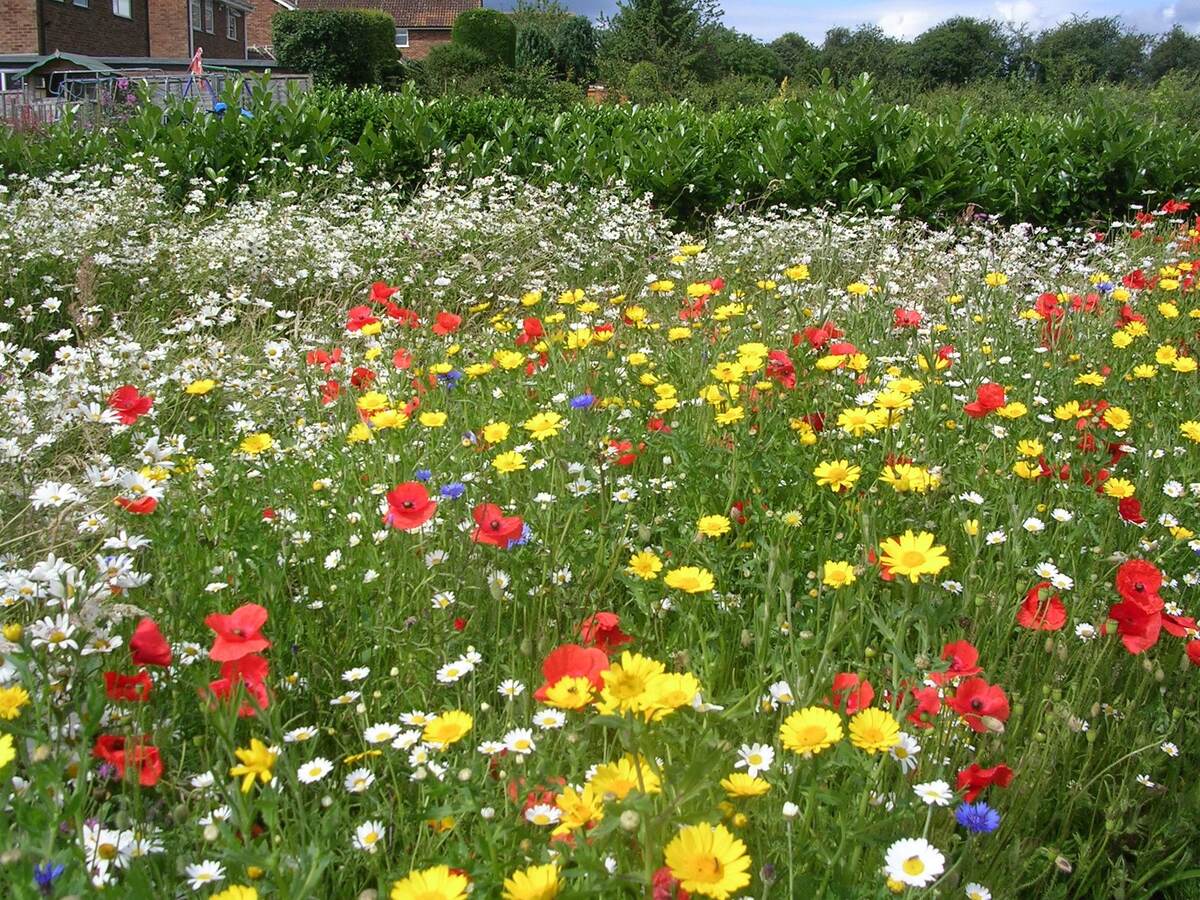
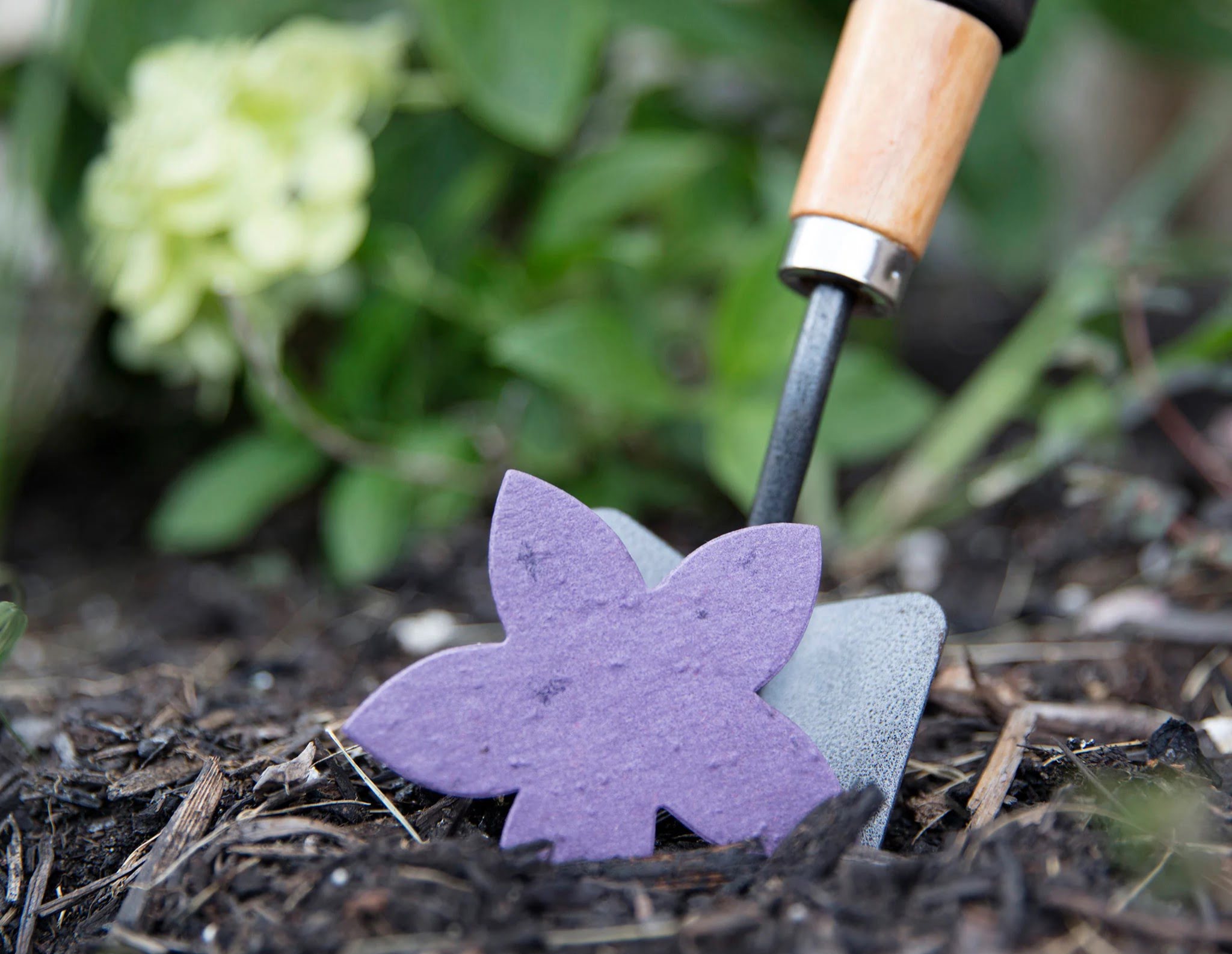
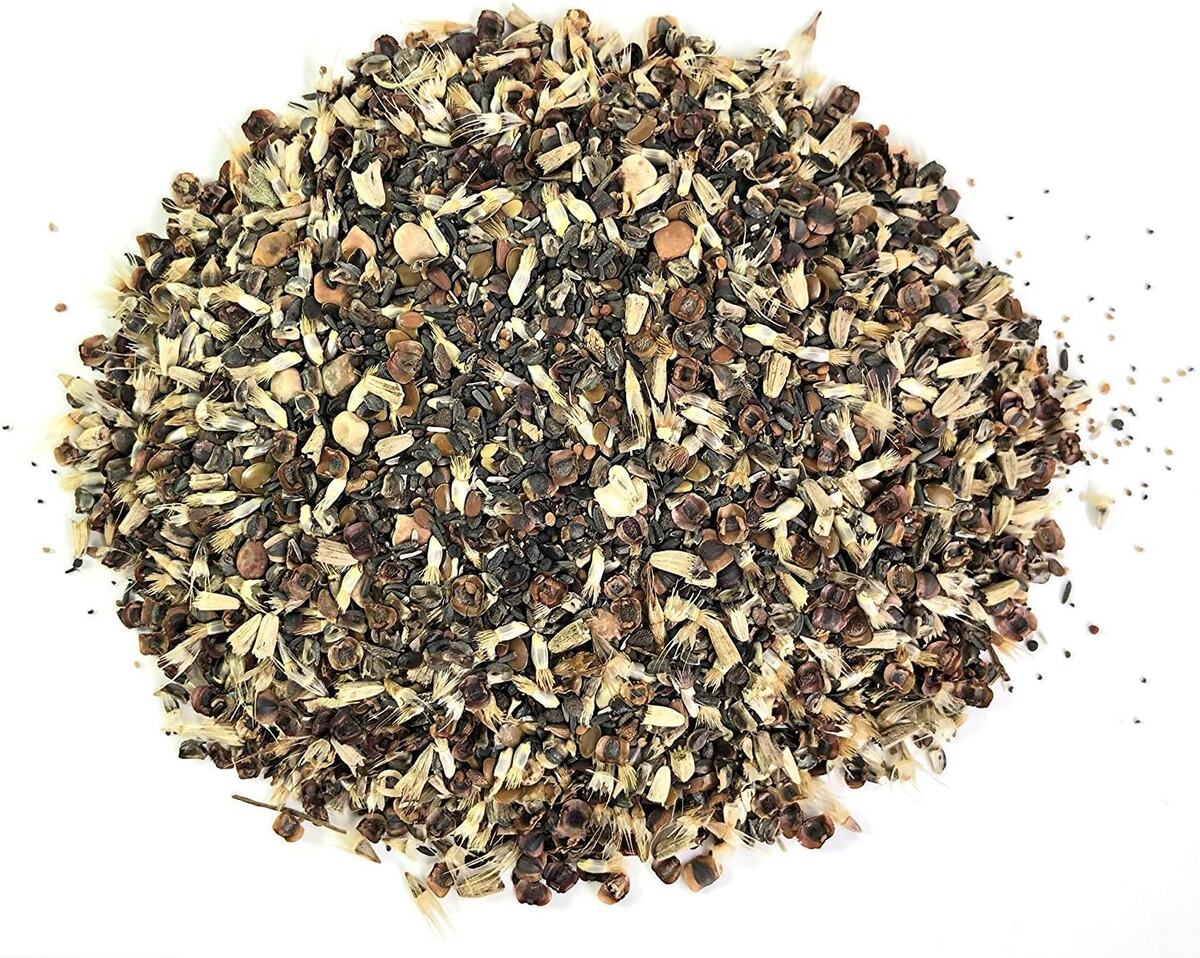
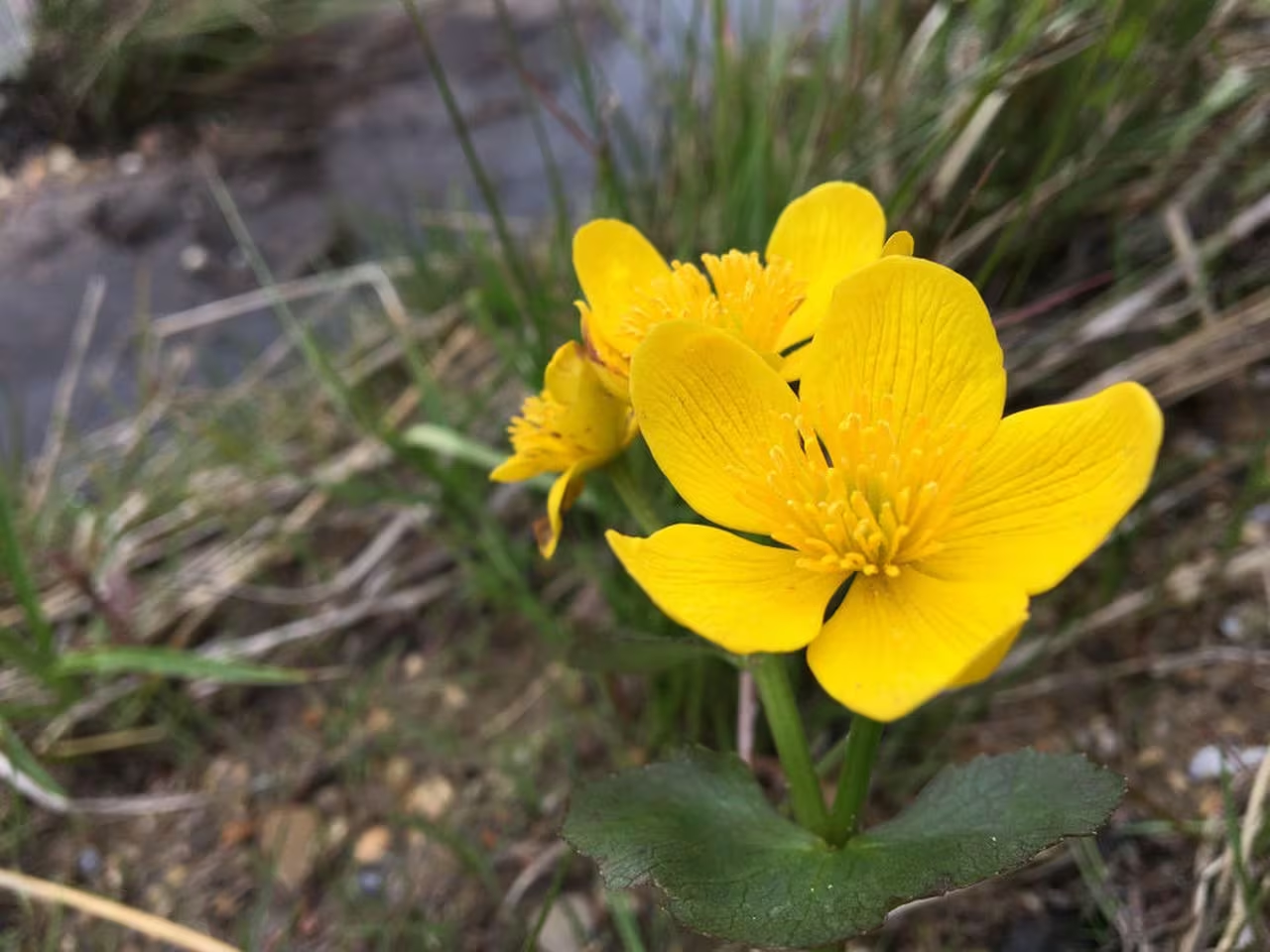
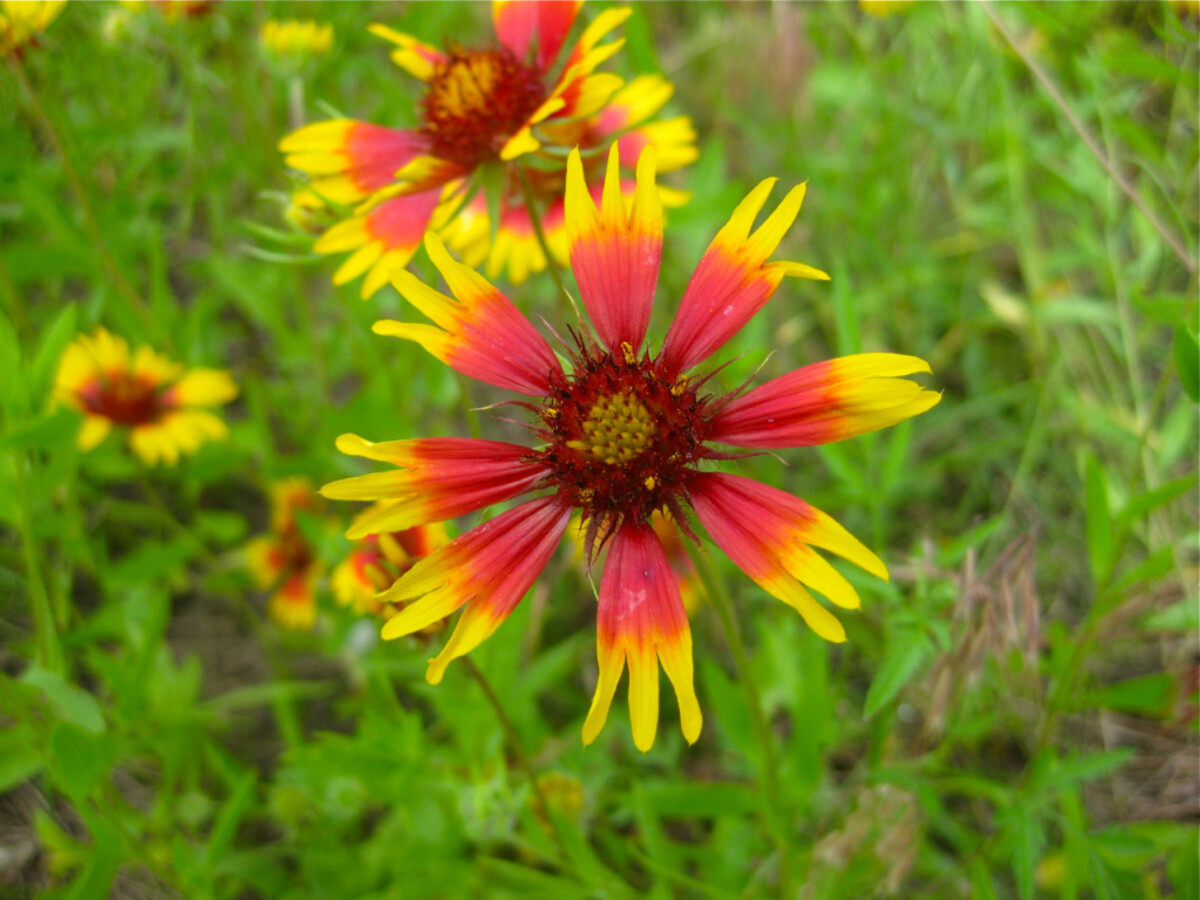
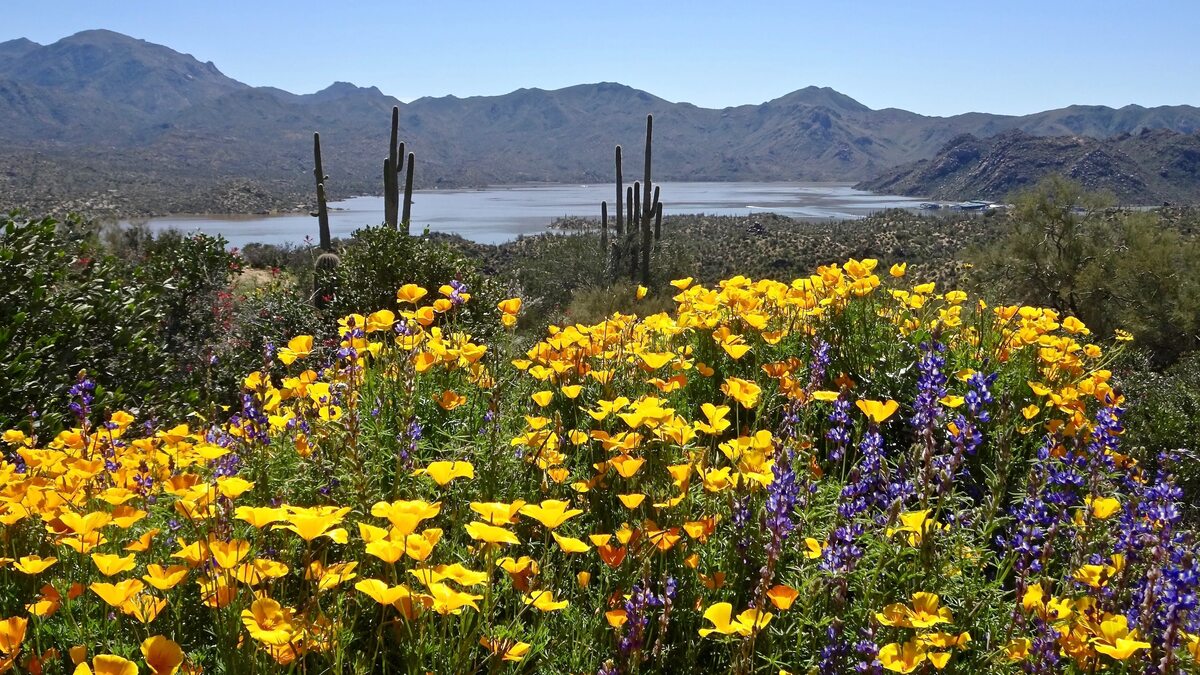
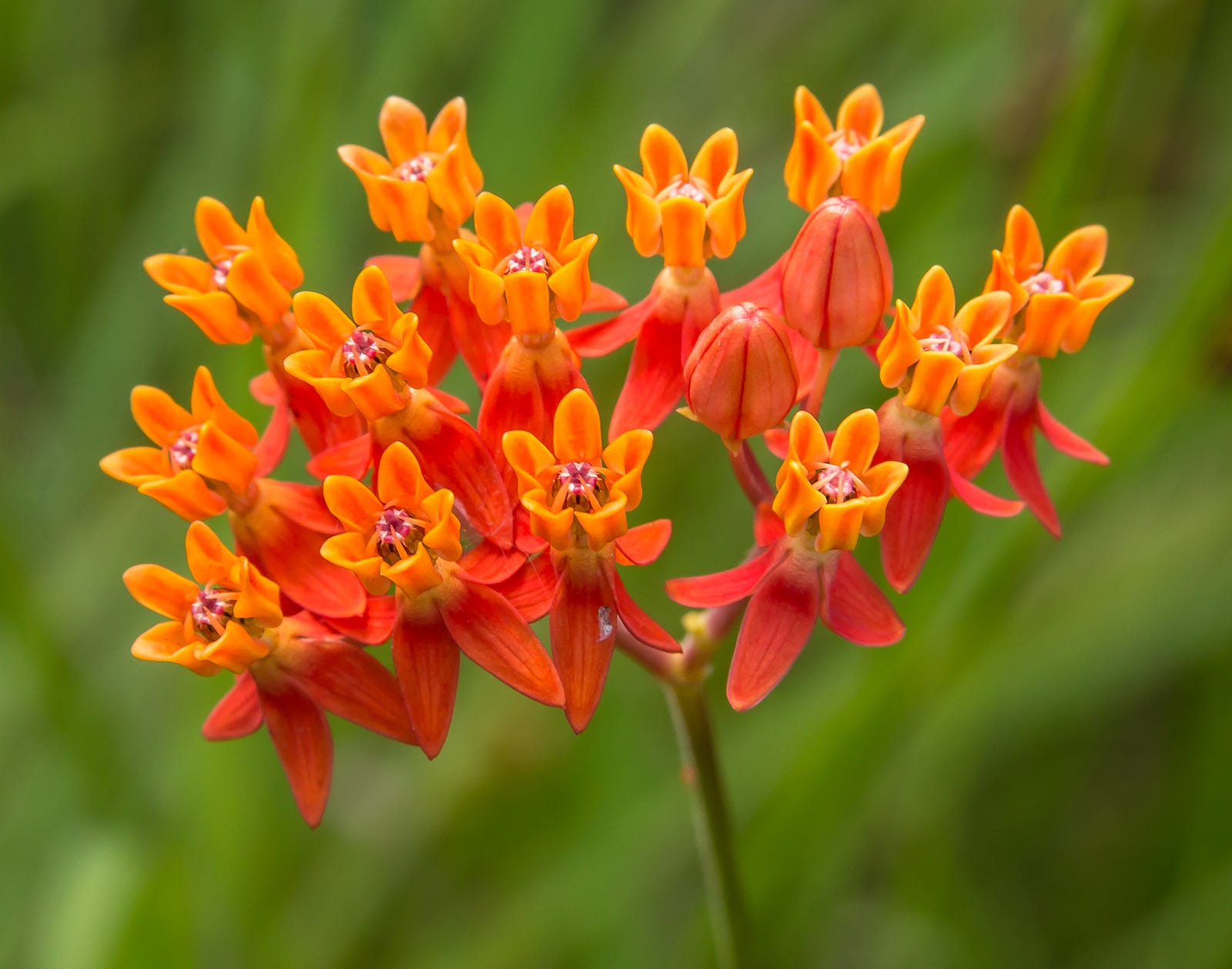
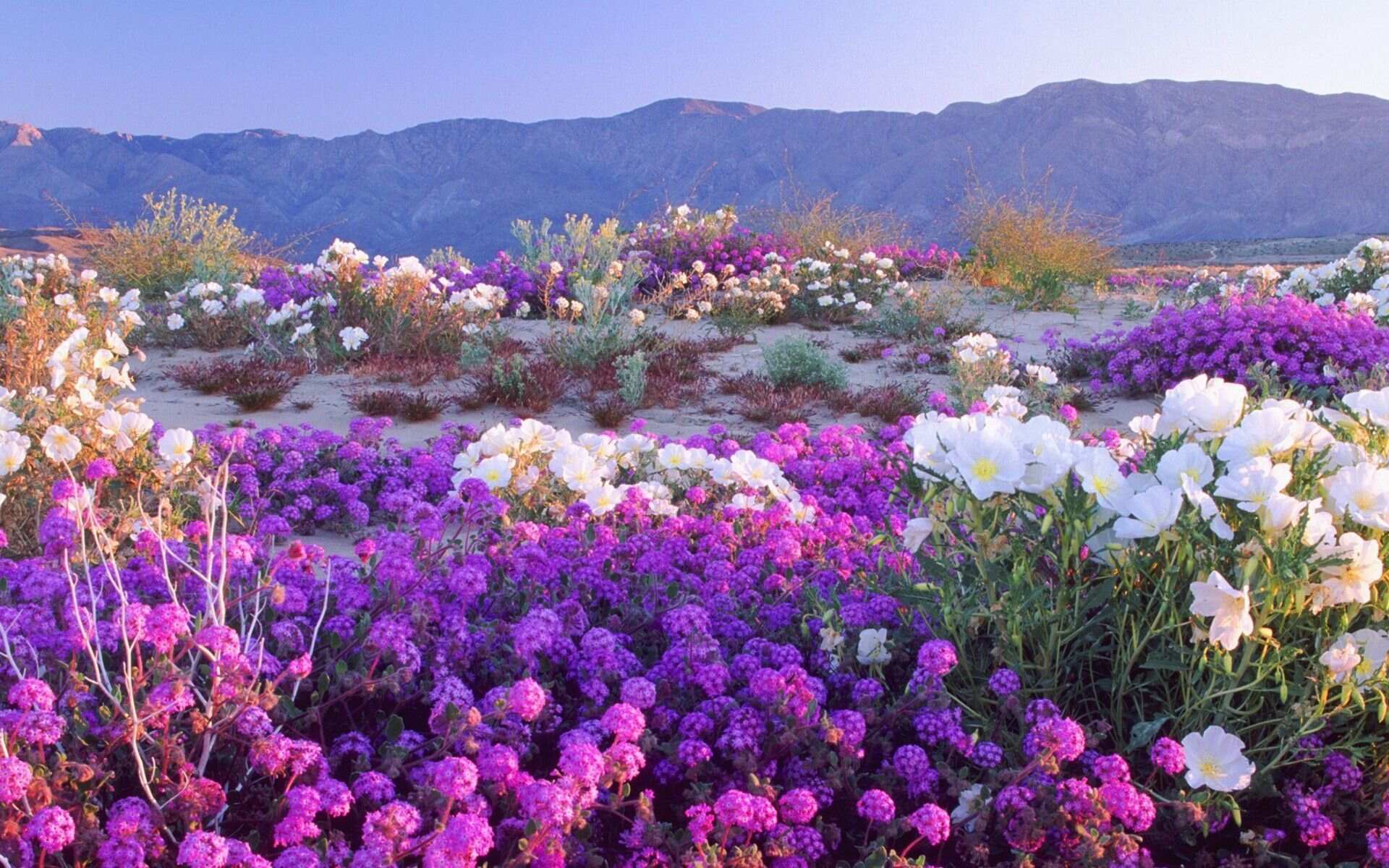
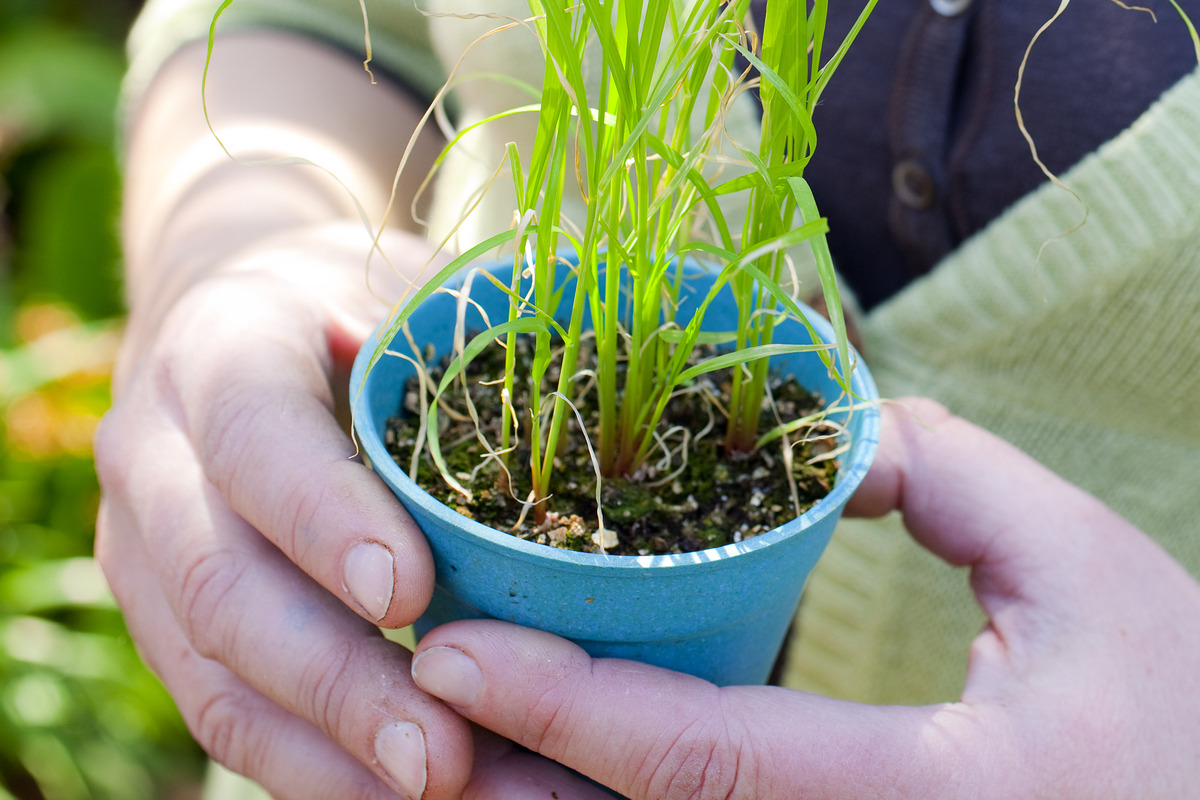

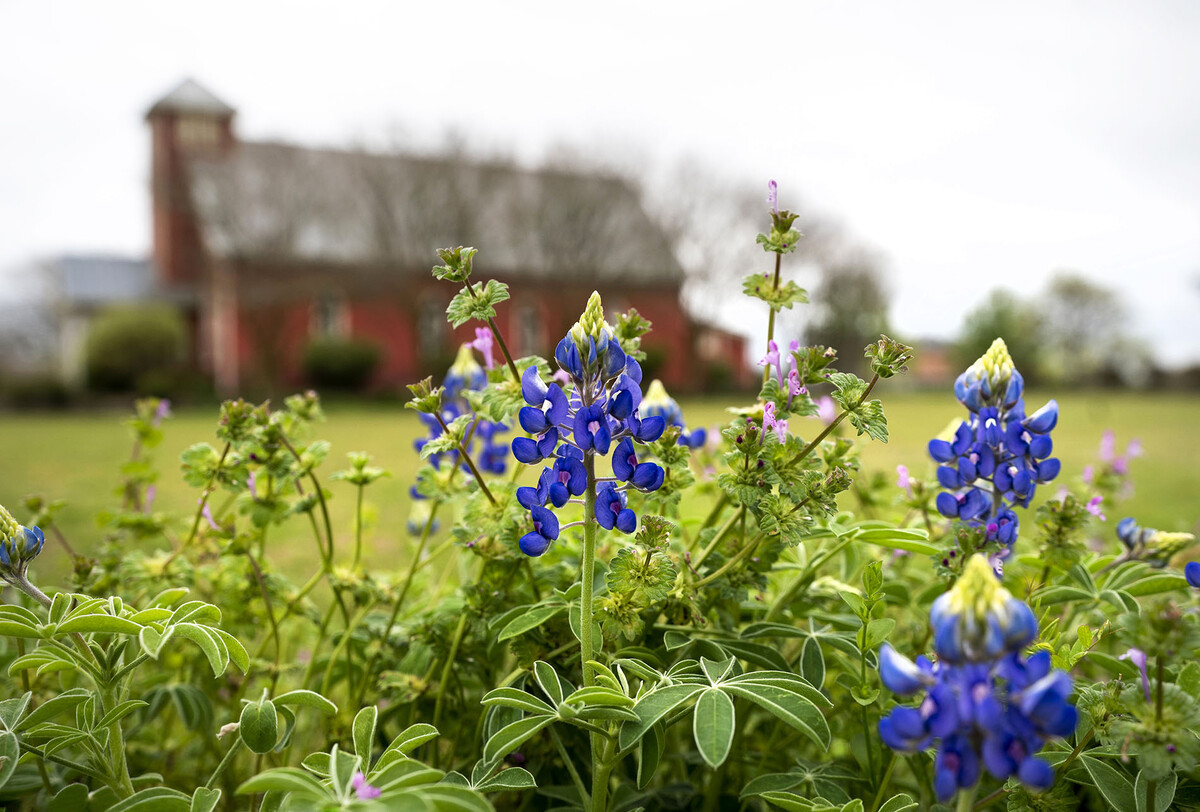
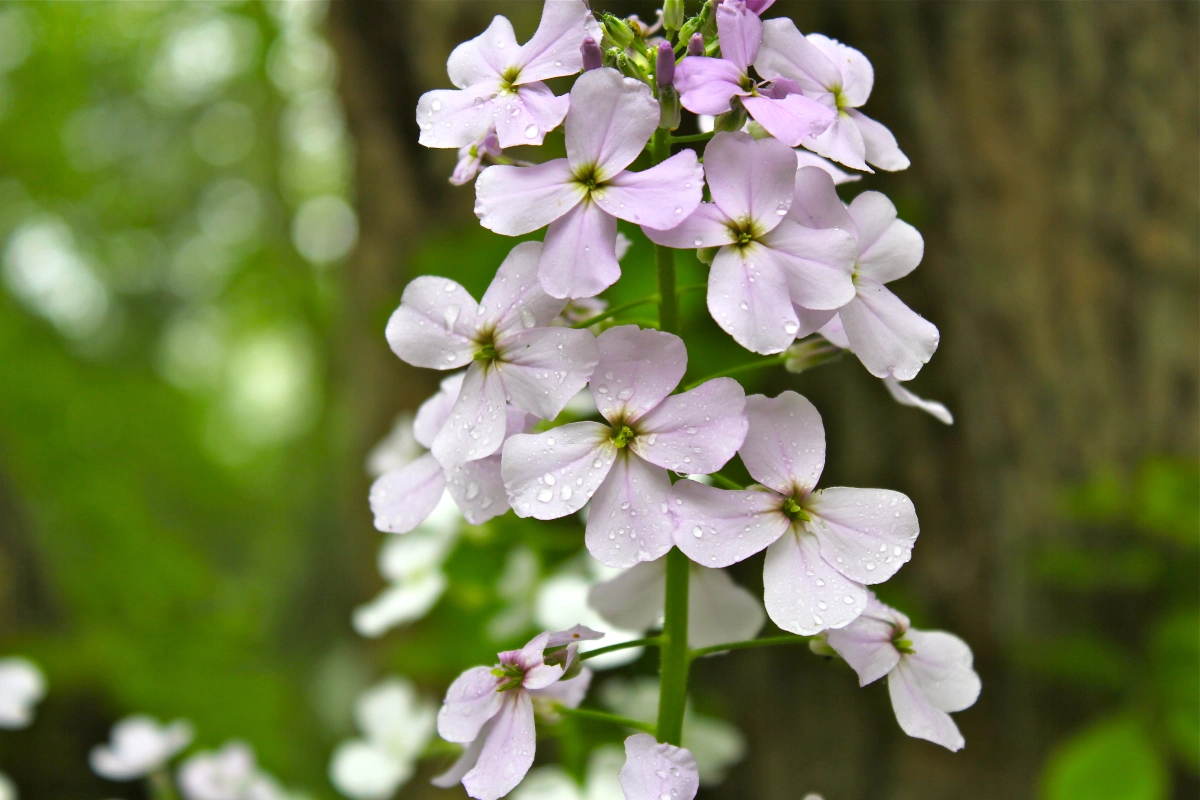
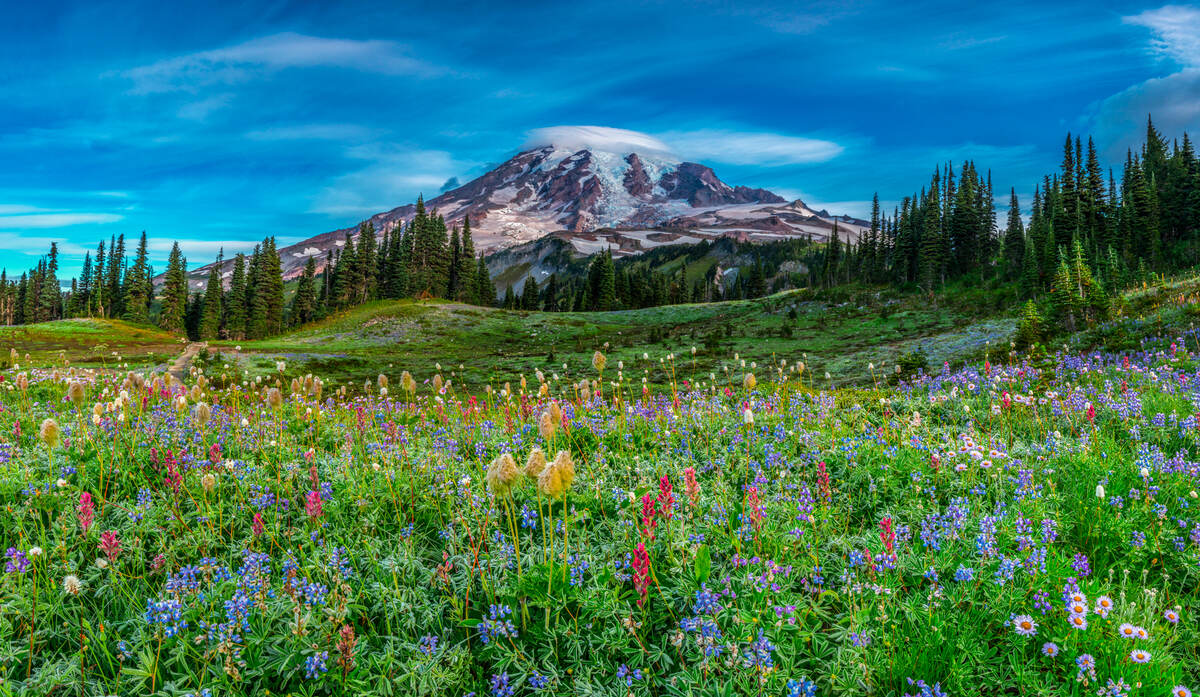
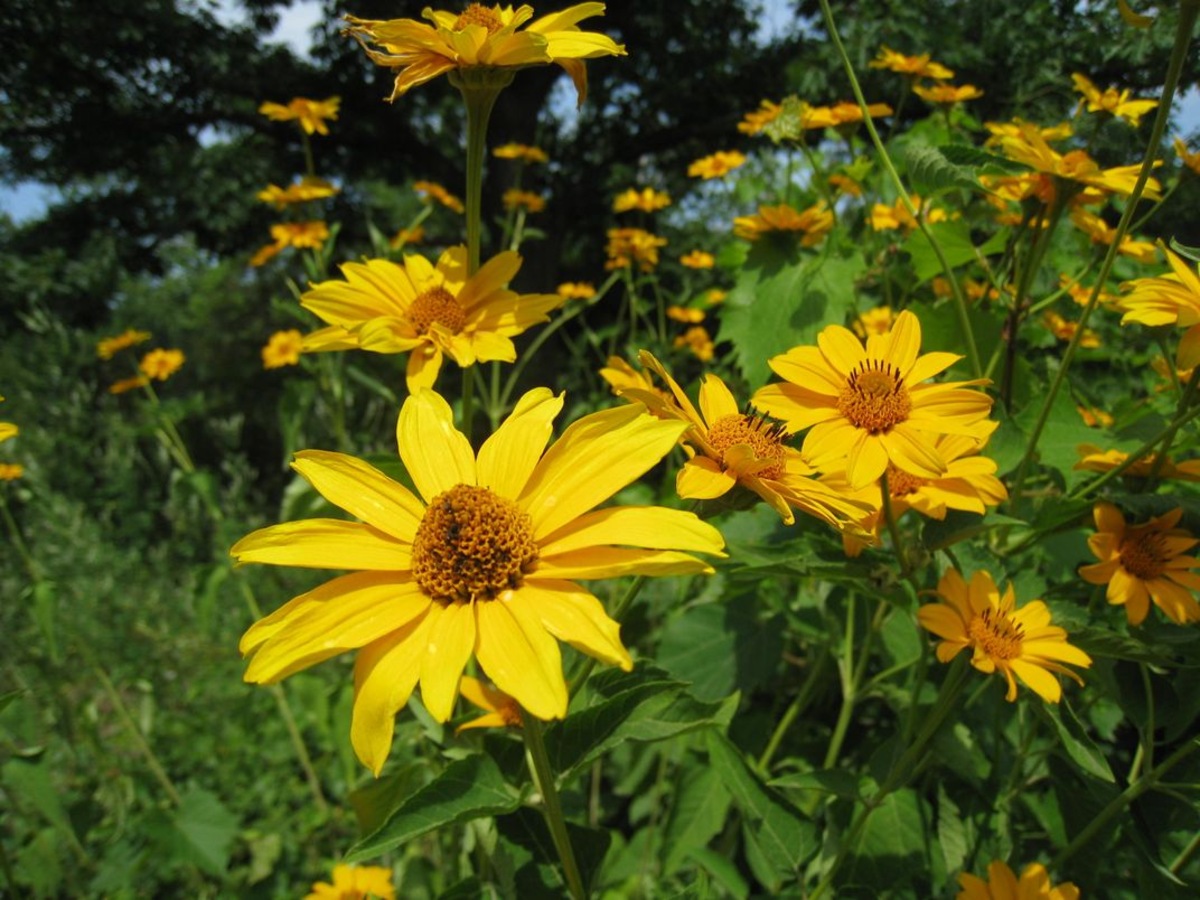

0 thoughts on “When To Plant Wildflower Seeds In Utah”